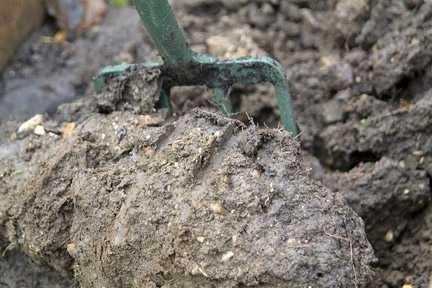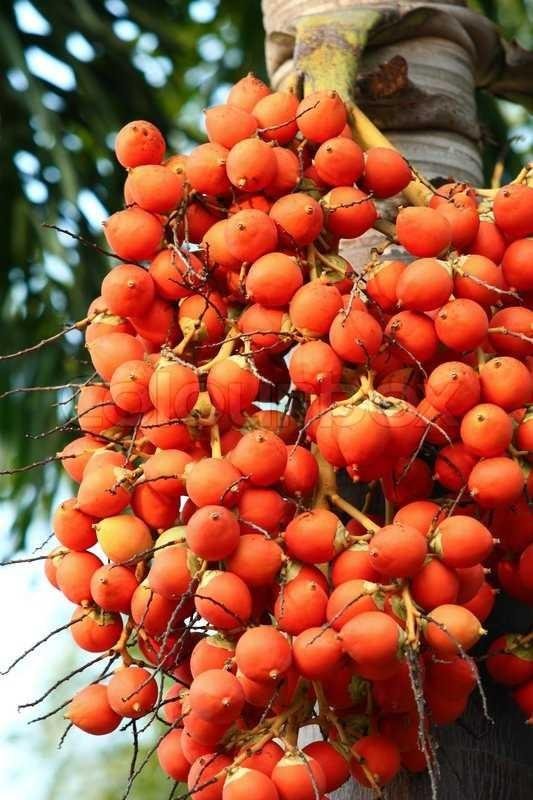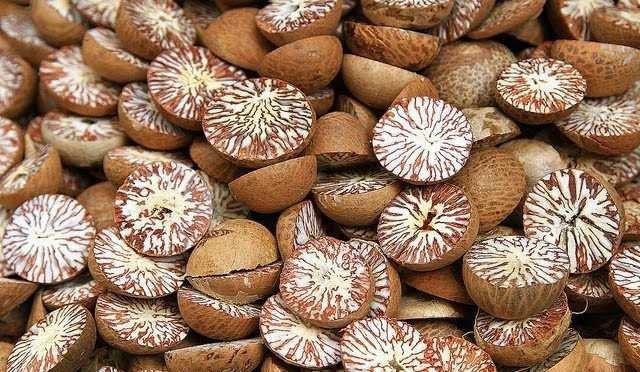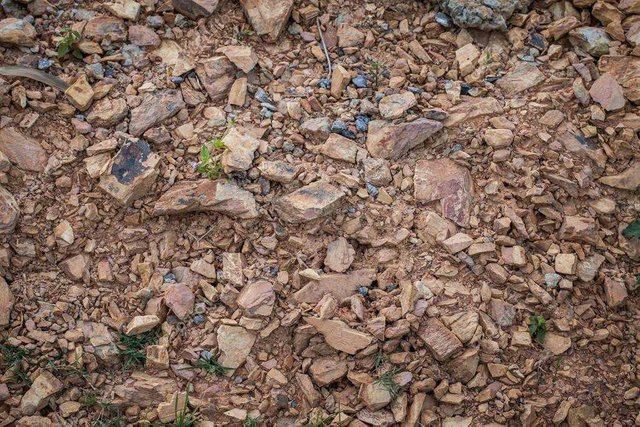Malnad plantation-"Areca nut"
Areca nut
In India, this is a most popular area for growing "Areca nut" Karnataka (40%), Kerala (25%), Assam (20%), Tamil Nadu, Meghalaya and West Bengal.in India, Areca nut is used in, large sections of people.
Climate condition for cultivation
A good climate condition to cultivate "Areca nut " 14ºC and 36ºC if the climate condition goes below the 10ºC or above the 45 ºC it will affect the plant, Areca nut can be grown in 750mm rainfall per year, in Karnataka malnad are receives 4,500 mm rainfall per year, source
But karannatka there is no rainfall from 3 years (2015,1016,2017,) because of that 1.83 crore Areca nut trees died because of lack of water The total area of Areca nut has been affected is 0.51 lakh hectares.
source
Soil condition for growing "Areca nut"
gravelly laterite soil
gravelly laterite soils are combined with small and medium-size rock type soil to contains aluminium(Al) and iron( Fe) "gravelly laterite soil" is found in the hot and wet area nearly all the "gravelly laterite soil" in rusty red colour because of high iron oxide(Fe203) content in the soil,
Fertile clay loam soils

Source
Fertile clay loam soils high in nutrients, wet and cold in winter and baked dry in summer. Loams are mixtures of clay, sand and silt that avoid the extremes of each type.are very high in organic matter and moisture
Varieties
- Regular bearer, consistent yielder with homogenous population
- Trees are semi tall to tall, stem sturdy with shorter internodes
- Having partially drooping crown with well placed bunches
- Average no. of bunches/palm/year - 3.90
- Color of ripe nuts - Orange to deep yellow
- Shape of ripe nuts - Oblong to round and bold
- Bearing - By 4th year
- Potential yield (kg chali/palm/year) - 6.28
- Average yield (kg chali/palm/year) - 3.88
- Recovery - High recovery with 26.52% of chali from fresh nut
- Recommended regions/areas for cultivation- Irrigated areas of Karnataka and Kerala
Source
Vittal Areca Hybrid- 1 (VTLAH-1)
- Hybrid between Hirehalli Dwarf x Sumangala.
- Dwarf type with reduced canopy and very sturdy stem.
- Super imposition of nodes on the stem gives mechanical support to palms.
- Partially drooping crown with well spread leaves.
- Moderate yielder but early stabilization in nut yield.
- Medium sized oval, yellow to orange nuts.
- Average yield (kg chali/palm/year)- 2.54.
- Yield (kg/ha)- 5248.
- Recovery over fresh nut- 26.45 %.
- Specific recommendation for seed production- Artificial crossing is suggested between Hirehalli Dwarf and Sumangala for hybrid seed production. Only sprouts/seedlings will be supplied after sorting and selection in the nursery.
- Recommended regions/areas for cultivation- Coastal Karnataka and Kerala.
*Harvesting and spraying easy because of the dwarfing nature and lesser cost of cultivation. - Sun scorching and wind damage are minimal due to dwarfing nature. source
Raising of Seedlings
Areca nut breed only by seeds, four step to raising of seedling they:-
Selection of mother palm
Age of palms: Middle-aged palms: Collection of nuts from the selected palm can be commenced after the stabilization of yield which normally takes 4 – 5 years after commencement of bearing. Hence, select middle age palms ( 15 – 35 years) with robust crown,
It must be regular bearing, Select palms having a large number of leaves on the crown, Palms with shorter internodes are preferred source
Selection of seed nut
Area nut fruit must be fully Mature and nuts must have a weight above 35g should we selected, less than the usual size. and improper growth in nuts should be rejected, In a branch 25 percentage light in weight, These nuts produce the seedlings of greater. physical strength and good health.

Source
Primary and secondary nurseries
For obtaining good the development of a plant from a seed, The nuts should be a drill at 15 cm distance in a vertical position with calyx and just covered lightly using areca leaf or paddy straw, After six months in primary nursery, the seedlings are to be transplanted to secondary nursery beds of 150 cm width, 15 cm height and convenient length. A spacing of 30 cm between the seedlings is considered to be most conducive to a favourable outcome; best. for a growth period of one year in the nursery. Polythene bags (25x15cm, 15topsoil:iFYM: with potting mixture (topsoil: FYM: sand = 7:3:2) can also be used to raise secondary nursery. "the weeds begin to sprout of 3 months old should be used. The secondary nursery should be given a basal dose of decomposed farm yard manure at 5 tonnes per hectare. Areca the weeds begin to sprout and seedlings are very delicate and do not withstand the exposure to direct sunlight. Hence, the proper shade should be provided to the nursery. The nursery should be watered regularly in the summer and proper drainage should be provided in rainy season. The nursery should be kept clean by periodical weeding.source
Selection of seedlings
18 to 20 months old seedlings are transplanted in the main field. Twelve to eighteen months old seedlings are transplanted in the main field. Nuts germinate in 53 to 94 days ( 2-3 months) after sowing.source


Hope you will see a good result for the your work